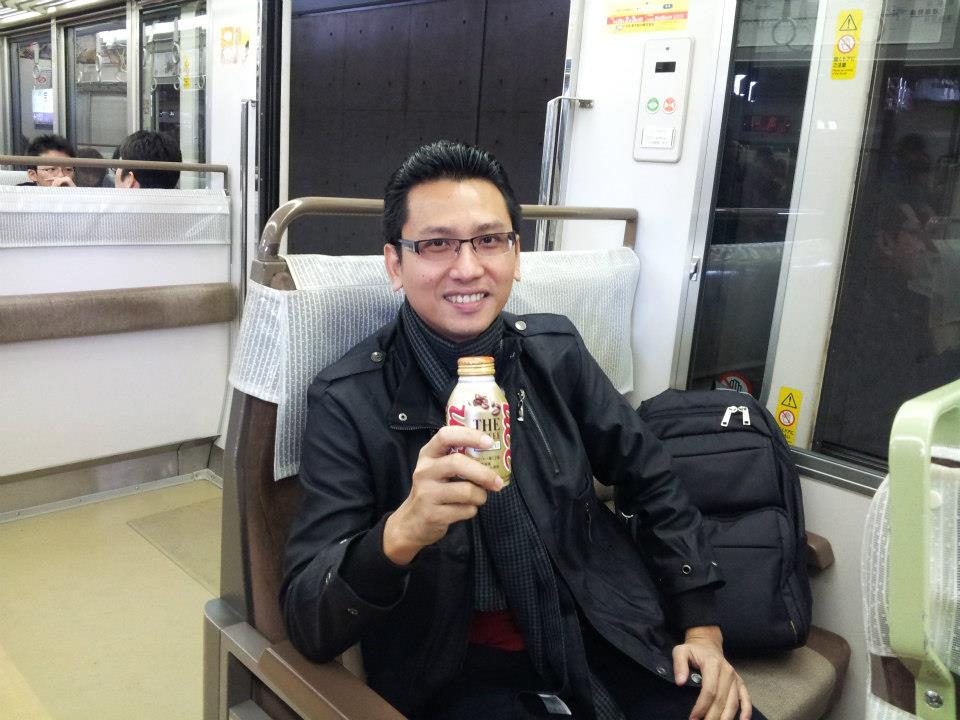SYNOPSIS
This course is designed to expose the students to wastewater treatment technology. Topics discussed include basic environmental microbiology, characteristics of wastewater, wastewater analysis (Biological Oxygen Demand, Chemical Oxygen Demand and Suspended Solids), design of conventional wastewater treatment systems, sludge treatment and design of septic tank. For design of wastewater treatment systems, it will cover the design of sedimentation tank, Waste Stabilization Pond, Conventional Activated Sludge, Extended Aeration, Aerated Lagoon and Trickling Filters. At the end of the course, the student should be able to apply the knowledge to design a simple unit operation of wastewater treatment systems and also to modify existing unit operation.
COURSE LEARNING OUTCOMES
By the end of the course, students should be able to :
|
CO |
Course Learning Outcomes |
Programme Outcome(s) |
Taxonomies and Soft-Skills |
Assessment Methods |
|
CO1 |
Describe the basic concept of microbiology, wastewater characteristics, sewer system and explain the concept of wastewater treatment and sludge treatment system |
PO1 |
C2, A1 |
T, F |
|
CO2 |
Solve some of wastewater parameters, i.e. solids, BOD and COD and the wastewater quantity |
PO3 |
C3 |
T, A, F |
|
CO3 |
Apply the knowledge to design of each unit processes in sewage treatment plant, differentiate between the processes |
PO3 |
C5, P1, A3, |
T, A, F |
|
CO4 |
Produce report or presentation related to current environmental issues |
PO8 |
LL3 |
PR |
STUDENT LEARNING TIME
|
No. |
Teaching and Learning Activities |
Student Learning Time (hours) |
||
|
1. |
Face-to-Face Learning |
|
||
|
|
a. | Lecturer-Centered Learning |
|
|
| i. | Lecture |
28 |
||
| b. | Student-Centered Learning (SCL) |
|
||
| i. | Laboratory / Tutorial |
14 |
||
| ii. | Student-centered learning activities – Active Learning, Project Based Learning |
4 |
||
|
2. |
Self-Directed Learning |
|
||
|
|
a. | Non-face-to-face learning or student-centered learning (SCL) such as manual, assignment, module, e-Learning, etc. |
12 |
|
|
|
b. | Revision |
10 |
|
|
|
c. | Assessment Preparations |
8 |
|
|
3. |
Formal Assessment |
|
||
|
|
a. | Continuous Assessment |
2 |
|
|
|
b. | Final Exam |
2 |
|
|
Total (SLT) |
80 |
|||
TEACHING METHODOLOGY
| 1.
2. 3.
|
Principle, concept and design of unit processes of wastewater treatment will be delivered during lecture session with emphasis on working examples.
Students will be provided opportunities to solve problems in class, tutorial and out of class. Students will be given an assignment which requires knowledge of bulk of the topics and to be submitted in group. |
WEEKLY SCHEDULE
|
Week |
Lecture |
Topic / Content |
|
1
|
1 2 |
Introduction to Wastewater EngineeringEnvironmental Microbiology – types and classes
|
|
2
|
3
4 |
Environmental Microbiology – metabolism and biological growth in wastewater treatment Wastewater Characteristics and Analysis – SS
|
|
3
|
5 6
|
Wastewater Characteristics and Analysis– BOD Wastewater Characteristic and Analysis – COD
|
|
4
|
7 8 |
Discharge Standards & Sewerage Act Wastewater Quantity
|
|
5
|
9 10 |
Wastewater Collection System Introduction to Wastewater Treatment Plant Design
|
|
6
|
11
12 |
Preliminary Treatment – screen, grit removal, balancing tank, flow measurement Primary Treatment – primary sedimentation tank design
|
|
7
|
13 14 |
Secondary Treatment – biological treatment, secondary sedimentation, chlorination Test I
|
|
8 |
|
MID SEMESTER BREAK |
|
Week |
Lecture |
Topic / Content |
|
9
|
15 16 |
Activated Sludge – Principles and Concept Conventional Activated Sludge – Design
|
|
10
|
17 18 |
Extended Aeration – Design Sequential Batch Reactor – Principles and Concept
|
|
11 |
19 20 |
Waste Stabilization Pond – Principles and Concept Waste Stabilization Pond – Design
|
|
12
|
21 22 |
Waste Stabilization Pond – Design Aerated Lagoon – Principles, Concept and Design
|
|
13
|
23 24 |
Trickling Filters – Principles and Concept Trickling Filters – Biological Tower Design
|
|
14
|
25 26 |
Sludge – Sources and Quantity Test 2
|
|
15
|
27 28 |
Sludge Treatment and Disposal Septic Tank – Design
|
|
16-18 |
|
REVISION WEEK AND FINAL EXAMINATION |
REFERENCES
Warren Viessman, Jr., Mark J. Hammer, Elizabeth M. Perez, and Paul A. Chadik, (2009) Water Supply and Pollution Control, 8th Ed. Pearson Education
Metcalf & Eddy (2003) Wastewater Engineering: Treatment and Reuse, 4th Ed. McGraw Hill
Hammer, M.J. (2005) Water and Wastewater Technology, 5th Ed. Pearson Education South Asia Ltd
Code of Practice for Design and Installation of Sewerage System (MS 1228), 1991
Grading
|
No. |
Assessment |
Number |
% each |
% total |
Dates |
|
1. |
Generic Skill |
1 |
5 |
5 |
|
|
2. |
Assignment |
4 |
2.5 |
10 |
|
|
3. |
Test |
2 |
20 |
40 |
|
|
4. |
Final Exam |
1 |
45 |
45 |
|
|
Overall Total |
100 | ||||
